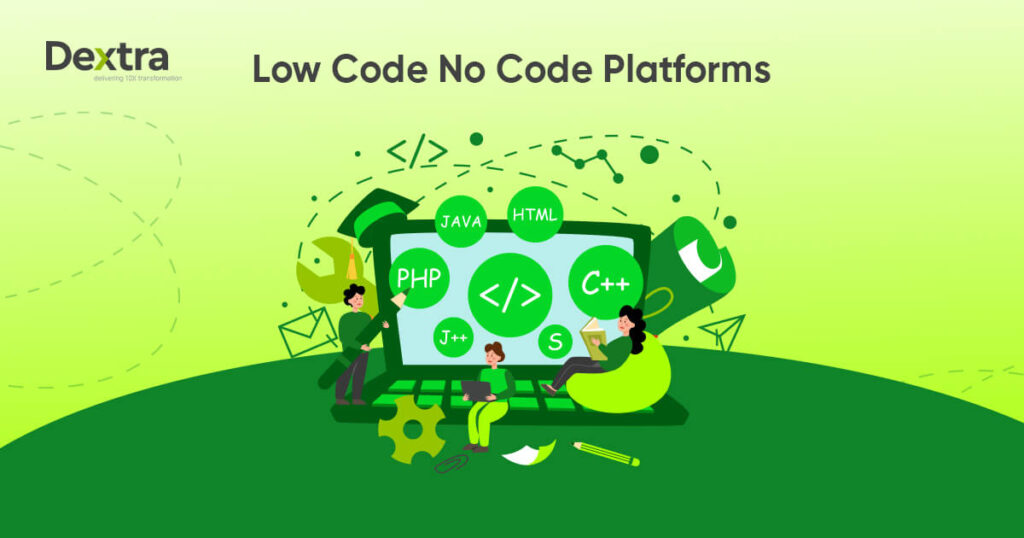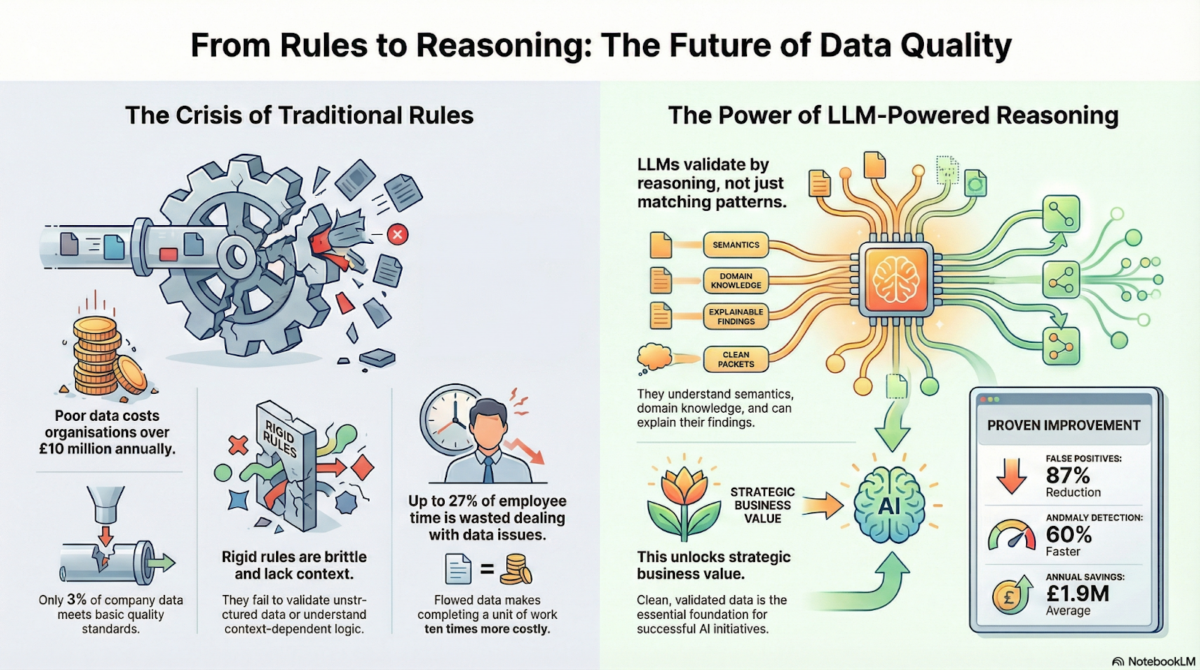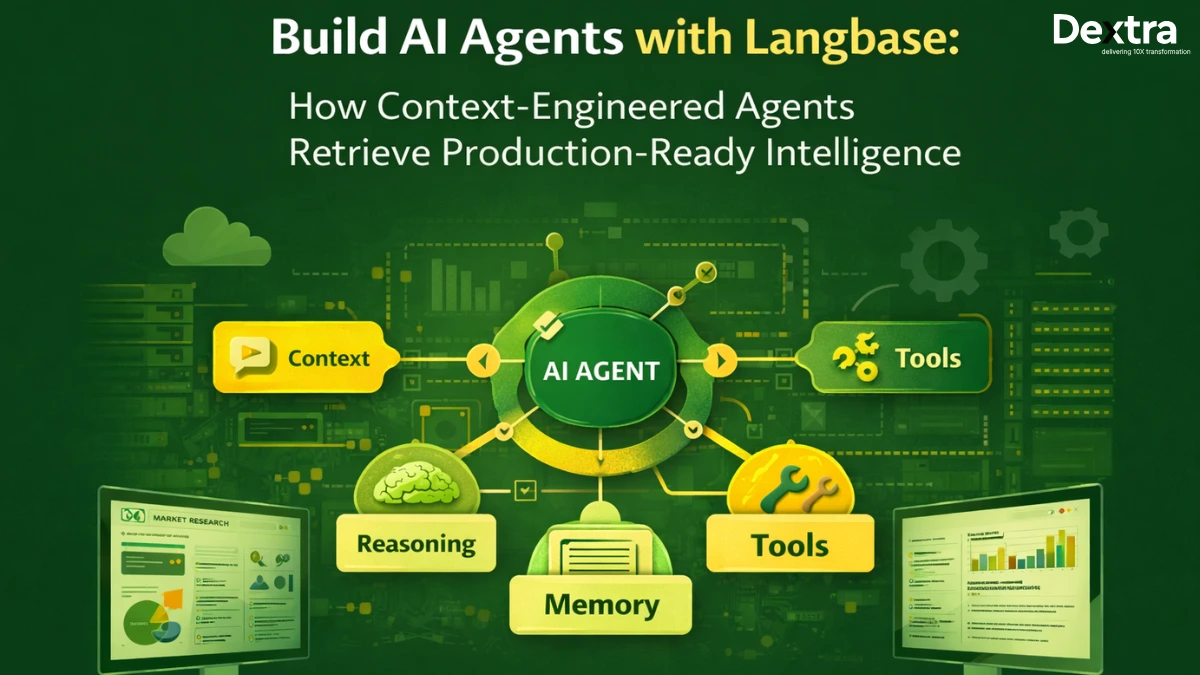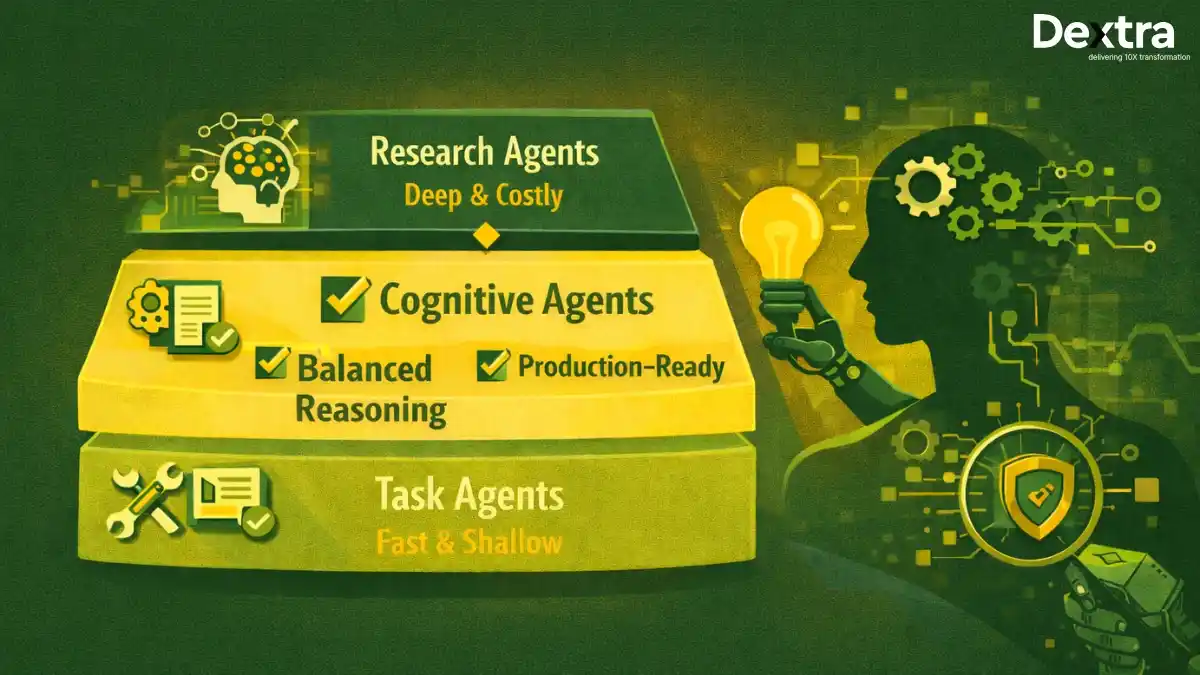Today’s digital growth and the race to scale digital business have increased the need for rapid application development and software management. The quicker the development, the quicker the business scales in the competitive market with modern-day trends.
Companies need to quickly develop, operate, and manage the software without any traditional trends and methods to support their scalability vision. Therefore, no-code & low-code have minimized the efforts and hurdles that have accelerated the development and management process. In the competitive digital era, many companies need more than no-code & low-code for scalability and well-performing activities.
This guide explores the core understanding of low-code and no-code, their development, key features, and ample benefits for business growth. Businesses can easily apply all these techniques to enhance their visibility and speed up the application management process.
What is No-Code & Low-Code?
The method of developing applications and software without any coding or minimal coding for the development process for the final product. It is a drag-and-drop methodology for successful projection and quicker completion of challenging projects. There are a lot of development companies offering services of no-code & low-code that are helping in scaling their businesses and services.
Recent research shows that over 70% of applications use code-no-code platforms. These facts and figures clearly show the rise of these coding and non-coding market values and how these technologies and platforms are helping businesses scale quickly with rapid and controlled development. Subsequently, it won’t be wrong to say that low-coding and no-coding are potential technologies that are rapidly adapting and playing a vital role in the digital drive revolutions with efficient control.
What is Low Code?
Low code is a software development approach that develops and processes the application or software with minimal rather than no coding. It is a user interface model where the drag-and-drop methodology works to integrate elements into their relevant segments with hand coding. A new user or limited experience developer is able to develop applications and software with easy-to-use manuals. This model is being used for both experienced and inexperienced developers to boost the project speed for scalability and prompt visibility. Therefore, non-technical people or teams can craft compelling application designs and captivating user interfaces with minimal hand coding.
In 2020, no-code & low-code covered 25% of the development industry, but sooner or later, it became popular among all developers worldwide. Even the development industry rocketed sales by delivering quicker and more prompt results through dedicated applications.
Fundamental Essentials of Low Code
1- Visual Interface
The attractive and major attention-seeking part of these models is the graphical or motion graphics interface, which lets the user visualize the quality services the business is providing. Easy dragging design availability can help the developer integrate quality design quickly and faster.
2- Reusability
Many application components can be reused for more versatility. Reusing resources and customizing according to choices isn’t challenging in a low-coding model. In any case, if the design is adopted, it can be replaced with any available choice.
3- Tools Integrations
Low-coding platforms also allow tool integrations according to the project capacity, and these tools can be added without any prior coding knowledge. Access to many tools and resources can minimize the project cost without seeking the help of a professional or hiring an expert consultant.
4- Scalable Results
Quality project delivery and prompt results assist in scaling the business in the competitive market with a new approach and well-researched market dynamic tools for the successful projection of services and business activities.
5- Automation
Automation is the most helpful segment of the low-coding application development process for aligning the tools and selecting the interface in accordance with the business model. Businesses can design strategies for automating the development process and running business activities efficiently.
What is No-Code?
No-code is considered an application and software development technology in which no-code & low-code is used throughout the process. There are multiple ways of developing apps and software, but no coding has made it easy; you just drag and drop the items in pre-designed templates. This enhances the user experience by leveraging the non-tech developer to build, control, and maintain the apps and software.
No coding is also helpful for developing strategies for mobile-friendly applications and software that capture user experience and can manage workload depending on company size and scalability.
Fundamental Essentials of No Coding
1- Dragging & Dropping
A non-tech user can easily drag and drop to create an eye-catching application in no time with no coding experience. These minimal efforts have made it quite easy to build a captivating application quickly, and the prompt results can execute the activities.
2- Customized & Pre-developed Templates
Users can easily select from already available templates for the ultimate experience. Moreover, users are unable to customize the template according to the application requirements or edit the pre-existing options. Customization can solve things quicker and is easily scalable with a hands-on approach to the tools.
3- Easy Tool Integrations
Tools and all the relevant options can be easily integrated for successful project completion, and project-relevant tools can help achieve quick results. Tools are helpful in accelerating project speed and getting efficient results. Designs can also make it simple to determine which tools are required for a specific design and attract the user with an attention-grabbing interface.
4- User-Friendly Designs
User-friendly designs and interactive interfaces can achieve any application’s scalability and retain new users.
5- Automation
The no-coding application builder platforms offer many automation options, and managing repetitive and multi-functional tasks for day-to-day practice is quite easy. AI chatbots and customer support systems are increasing the value of adopting this technology.
Benefits of No-Code & Low-Code
1- Quick Development Results
Low coding has been speeding up the projects with minimum effort, but has doubled productivity and completion. An inexperienced non-developer can work 10 times faster than a full-time programmer. The minimal requirements easy-to-use interface, and drag-and-drop segments are speeding up their project completion and helping them scaling their business. Businesses are going double, and the teams are delivering quicker projects. Moreover, the teams can work on multiple projects at one time.
2- Cost-Cutting Edge
The development industries are not spending millions of dollars in hiring quality and professional developers, programmers, and developers groups with the help of low-coding methodology. It has reduced the demand for high-paying teams and resources, which is ultimately projecting the low-budget projects. Therefore, the teams can provide quality integration and serve them economical projects.
3- Minimal Miantinance Need
Projects work efficiently when quality developers maintain updates, and they should be processed on a regular basis. The maintenance teams face the challenge of finding a heavy load of maintenance and regularly updating the applications and software. However, applications and software developed with low coding are easy to upgrade because only a few coding parts need to be updated, and the updates can be dragged easily. Visual tools are integrated to help with regular updates and maintain applications and software when needed.
4- Collaborative Environment
Low-coding methodologies play a bridge role in collaborating with businesses and development teams to share regular instructions. They have also helped the industries streamline their inter-department communication among all operational teams with businesses to successfully project ideas into tangible execution. Collaboration plays a critical role in executing the perfect application, and post-development can help through the functionalities of top trends integration for an ultimate user experience.
5- Updated Innovations
A non-technical or inexperienced developer can also craft prototypes or practice on dummy models for trendy, innovative integrations. Therefore, the ample benefit of low-coding technology is useful integration at any time by just dragging it into the application. A non-technical person can perform the same services as an experienced developer.
Application of No-Code & Low-Code in Industries
1- Manufacturing
Healthcare is a growing industry requiring a dedicated team to maintain its records and operations with quick-working applications and software. The unavailability of professional staff is a significant concern, and that’s why they need a solution that can be operated and maintained by a non-technical professional. If they need further integration, a non-tech can handle the situation and upgrade the application with minimal effort by low coding or, ultimately, no coding solutions.
Hospitals and healthcare departments use these technologies to keep an up-to-date record of patients in PMS software, which helps build a track record of patients’ information, treatment charts, appointments, and all other procedures. Telemedicine is also growing globally, and it requires regular maintenance. In board meetings, they need a data analysis aligned and extracted by these applications to filter the required data.
2- HR
One of the significant challenges in the Human Resources industry is updating and aligning all the data according to their decision-making policies. Low code and no code are helping streamline their employment data, appointments, recruitment process, and all workflows. Companies have adopted this model for onboarding pre- and post-employees to control the already working team and maintain a thorough process of hiring new candidates. Nowadays, significant development is achievable through this model in the form of recruitment automation for automatically collecting and filtering their resumes, highlighting the top potential for their specific roles, and managing communication throughout the process. These systems can also help companies collect feedback in their integrated system for evaluating the process.
3- Accounting & Finance
Accounting and finance management companies and firms are streamlining their project with no code, low code for an ultimate business efficient and scalable experience. These firms are continuously improving their user experience and ensuring reliable performance in maintaining heavy business loads. Some top-notch accounting and financing firms are developing their own CRM for customer management, and their investment flows with personalized financial advice. These financial apps and software should be regularly upgraded, and the low code and no code assist them with regular upgrades and regulations by non-tech experts. The quick integrations in these apps make them reliable for their targetted and trusted customers to maintain regular compliance. Many banking apps now offer easy application steps for customer service and loan provisions.
4- Supply Chain & Retail
Rapid growth in the e-commerce industry has been observed in the last decade. E-commerce industries can align their processes using low and no code to take quick actions and maintain challenging tasks in no time. E-com industries require dedicated applications and software for their product hunting, order management, shipments, and data integration to successfully project new policies and strategies in scaling their businesses. Retail companies also benefit from using low code, no code, and even small and large-scale industries to scale their business model with minimal effort. Through integrated applications, companies can automate their support process and control their inventories and stocks. Customer satisfaction and personal shopping experience can be maintained in the application for a smoother experience and data management.
5- Educational Sectors
Education is the fastest-growing organization in the world, and institutes and organizations are managing their franchise models. It is becoming a challenge for their managing and monitoring teams to support services throughout the process and fiscal year. School and colleges are operating their system by LMS in managing their course and syllabus streamlining, which builds a professional bonding among the students and management. During the pandemic, schools and universities shifted their study model to virtual classrooms, and the students could attend classes by sitting at their homes or workplaces, which ultimately helped the students manage their studies and practical work with regular assignments. Some educational organizations have built puzzles and study engaging applications for brainstorming their students with value-generating models.
6- Marketing Agencies
When arranging their workflows and maintenance processes, marketing agencies handle their operations worldwide with low and no code. They continuously improve their customer engagement and retention of quality employees by providing quality services. Marketing agencies are working on multiple projects, and the teams can automatically streamline their projects and campaign workflows. The quicker actions in arranging campaigns, social media strategies, and managing their customer support in these apps. These apps are particularly helping the agencies show their customers’ analytics to their buyers. Regular updates and feedback can be collected and generated through these apps by completing surveys to attain regular updates from the competitive market.
Frequently Asked Questions
Q. What is no-code & low-code?
It is simpler and quicker to develop an application or software without the help of a professional coder. Even a non-technical professional can develop and integrate the relevant tools. Projects (applications, websites, and software) can be developed for all industries.
Q. What is the significant difference between low and no coding?
There is no prime and significant difference between low and no code, whereas no coding refers to the technology in which applications can be built without any coding with a drag-and-drop policy. Some segments of the development process require coding, which can be coded with the help of a professional with a non-tech background.
Q. Will low coding and no coding be popular in 2025?
The use of low and no coding was 25% in 2015, but before the pandemic, it started growing and becoming popular among all nationalities and businesses. Significant growth was observed during the 2020 pandemic when every business was shifting towards digital, and all industries were promoting working from home. That’s why it will be the top-trending application development process throughout 2025 and the coming year.
Wrapping Notes
Businesses are rapidly shifting towards integrations of those technologies that can help them achieve quick and prompt results for their ultimate scalability. Significant growth has been seen in the recent decade in businesses shifting towards technology and digital platforms. This major shift has required a quicker process solution and minimal efforts for regular updating and monitoring. A 75% hike in the recent half-decade shows the accurate growth chart of No-Code & Low-Code platforms in scaling and growing businesses and industries worldwide. Companies can follow customized designs built explicitly for those business niches, and new users can benefit from these pre-existing designs and tool integrations.








